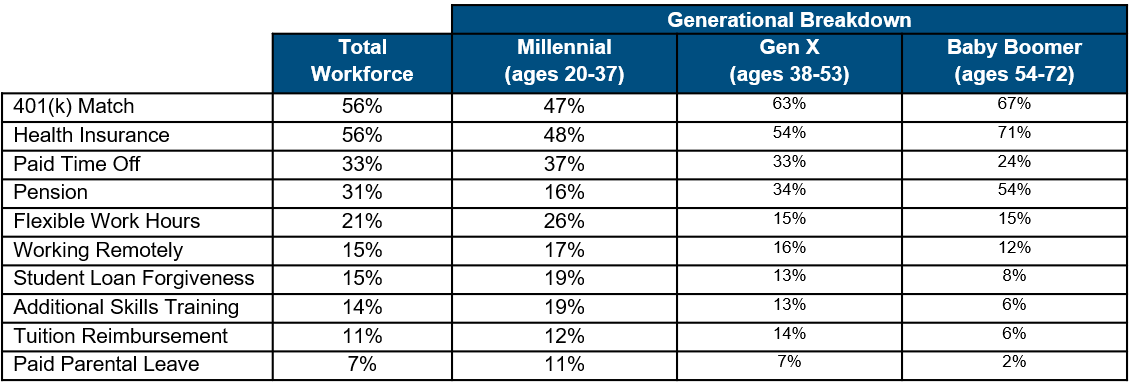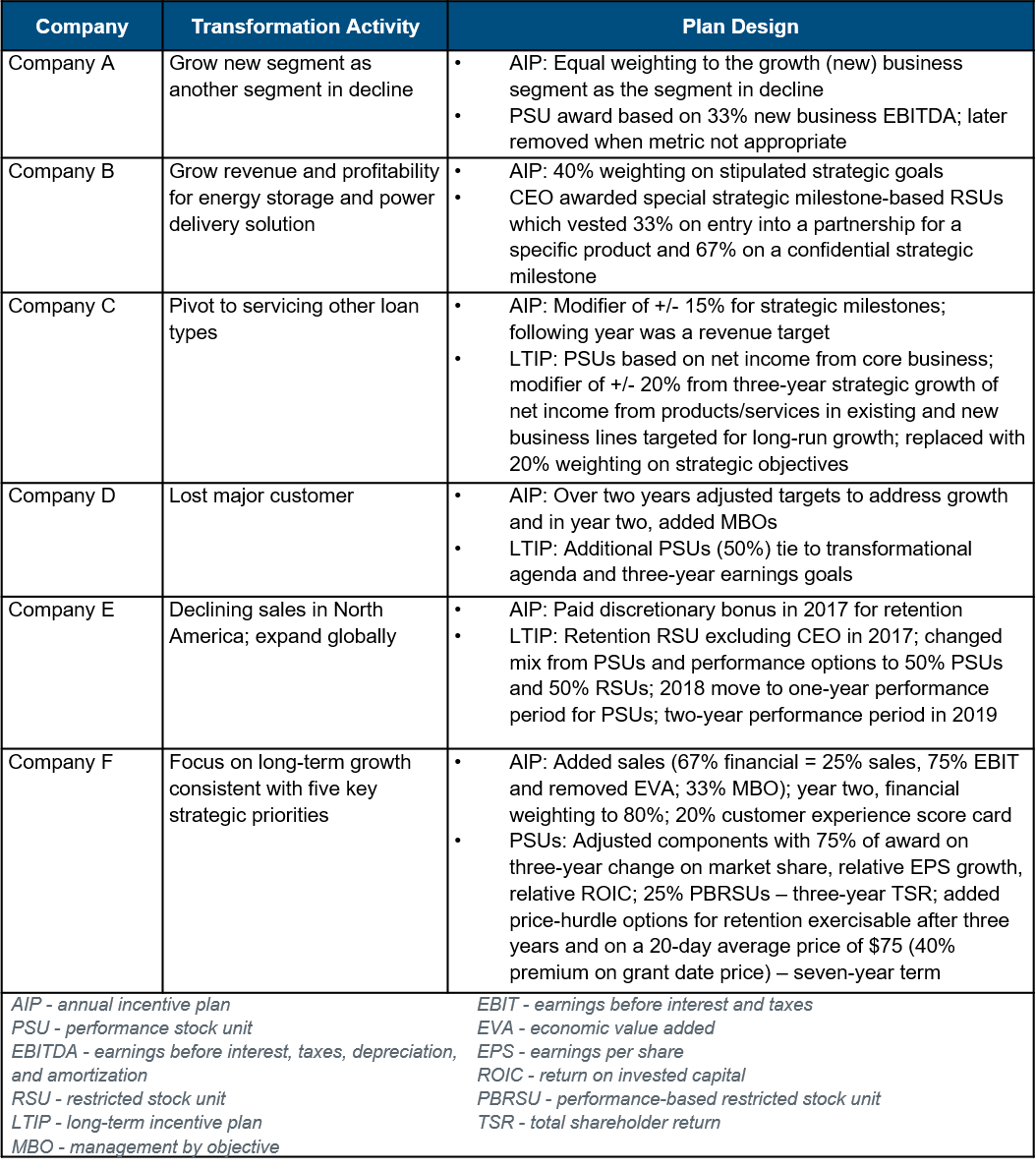
Advisor Blog | Oct 2020
A Key Step in Engaging Your Workforce: Develop Appropriate Performance Management and Pay Systems
A successful company is focused on engaging and retaining the talent required to execute its business strategy.
An organization’s discussion of its business strategy should trigger a simultaneous discussion of its talent strategy. Companies that are best positioned to succeed in our increasingly complicated business environment are focusing on their workforce and ensuring the right talent is available to implement their long-term objectives. These organizations have identified their internal sources of future leadership and developed mentoring and training programs to grow from within and foster engagement. Those steps are important, but alone are not enough.
Everyone—from HR to management to the board—should question whether or not the right performance management systems, total rewards programs, and retention systems are in place. The recent report “Work Has Changed: How Boards Navigate Disruption and Drive Human Capital Transformation” looked specifically at the issue of employee engagement. Building on that piece are specific actions below that can better position a company to attract, retain, and engage at all levels in the organization.
Performance Management
- Increase your focus on an individual’s potential (e.g., learning agility), with a corresponding de-emphasis on pure results.
- Have career coaches in the HR organization charged with helping individuals navigate career paths and required learnings for success.
- Include learning goals as part of an individual’s key performance indicators (KPIs) and provide monetary or reputational recognition for learning achievement or successful completion of a purpose-driven project.
- Ensure greater transparency regarding opportunities across organizations, and skill identification to match individuals with those opportunities.
- Allow broader input on performance from outside an individual’s direct manager or division to encourage learning agility, skill development, and cross-functional teams.
Total Rewards
- Accommodate greater compensation differentiation based on potential and learning achievement for similar roles (e.g., an expansion of pay bands and structures).
- Tailor your total rewards by understanding the wants, needs, and motivators among targeted groups within your workforce. This can be uncovered via interviews, surveys, etc. and can pay off. Recognize that there are differences in what drives the various generations (see chart below) and your total rewards strategy should evolve to address the needs of your changing workforce. Customizations can include:
- Flexible work schedules and locations;
- Loan repayment and/or continuing education allowances;
- Flexibility to exchange monetary compensation for time off;
- On-site childcare or daycare cost benefits;
- Free financial counseling for staff to reduce money-related stress; and
- Customization of benefit/retirement selections.

Source: “Americans Favor Workplace Benefits 4 to 1 Over Extra Salary,” AICPA, November 2018 https://www.aicpa.org/press/pressreleases/2018/americans-favor-workplace-benefits-over-extra-salary.html
Retention
- Understand senior employees’ current stock ownership (if any) and determine whether any special equity retention grants or cash bonuses might be needed in the near-term (note: publicly-traded companies should keep in mind proxy advisory firm policies, potential CD&A disclosure, and overall optics if any special grants are provided to the CEO or other NEOs).
- Explore equity choice plans which allow a broad participant base, or a subset of participants, to select the composition of their equity awards—all stock options, all restricted stock, or a mix. The goal of an equity choice program is to provide employees with ownership over their compensation, and to maximize the perceived value of long-term incentives (LTI) through personalized customization based on the individual’s unique needs, life, career stage, and risk profile. These programs also cater to different generational preferences, and while the prevalence of these programs is small, interest in implementing them is on the rise.
To the extent a company has changed its business strategy and wants to consider the challenges the senior team is facing, look at the actions other companies have taken to align their executives’ short- and long-term incentive programs to business transformation efforts. Pearl Meyer recently researched how some companies manage their STI and LTI programs in periods of change. Six examples are summarized in the chart below. Overall, we found that practices vary, as companies choose designs specific to their current circumstances and strategic intention. The various alternatives adopted include, among others:
- Emphasis on strategic/milestone goals;
- Changes to incentive metrics;
- Addition of modifiers;
- Special retention grants; and
- Changes to LTI mix.

Establish Accountability
Finally, establish accountability, which should be felt across the organization. The “Work Has Changed” report suggests establishing an internal and interdisciplinary human capital committee, co-led by HR and the CEO, with representatives from various management levels across all business units and/or departments. Charge this team with talent management across the organization and consider asking for a board member to participate or provide guidance. This provides a natural channel for report-outs to senior management and the board on an ongoing basis and may result in lasting change to the corporate culture.
